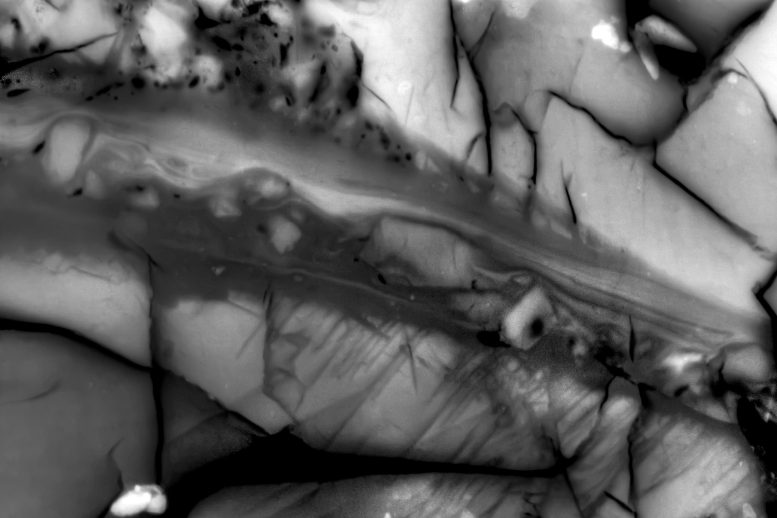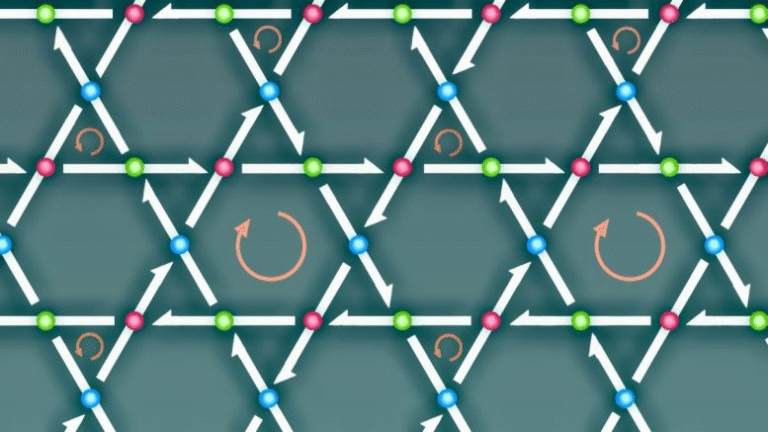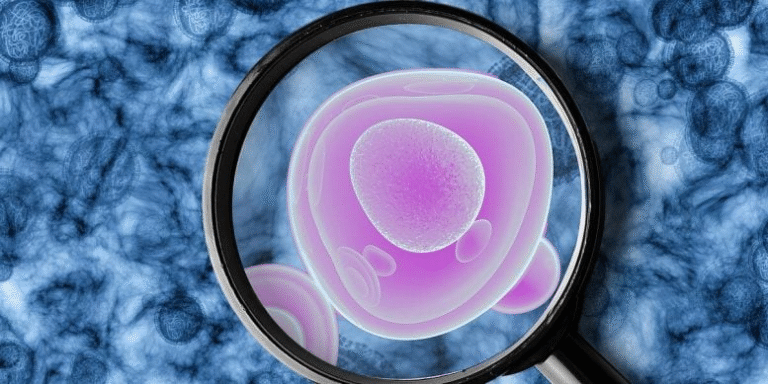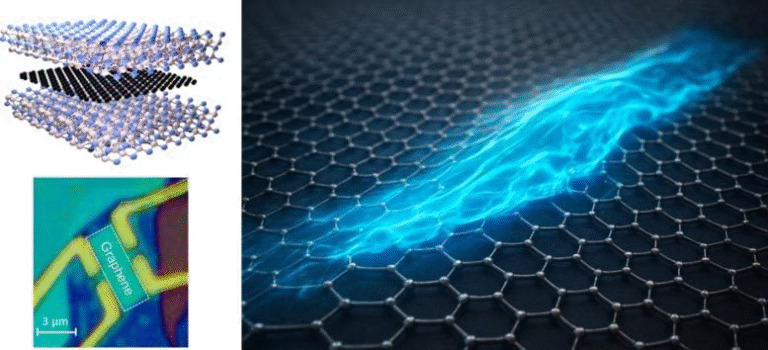Most Earthquake Energy Turns Into Heat, Not Shaking

When we think of earthquakes, the first image that comes to mind is violent ground shaking. Buildings sway, the earth cracks, and people feel the tremors. But new research from MIT and its collaborators shows that shaking is just a small part of the story. In fact, most of the energy released during an earthquake does not go into the motion we feel on the surface. Instead, the majority of it is converted into heat, sometimes reaching extreme temperatures capable of briefly melting rock.
This discovery comes from controlled laboratory experiments—nicknamed lab quakes—where scientists reproduced miniature versions of earthquakes under carefully managed conditions. By doing so, they were able to measure, for the first time, a complete energy budget of a quake. Their findings reveal that understanding where earthquake energy goes could improve how we assess seismic hazards and predict future risks.
Breaking Down the Energy Budget of an Earthquake
When an earthquake occurs, the energy stored in stressed rocks is suddenly released. That energy is split among three main processes:
- Heat – generated by friction as rocks slide past each other.
- Seismic waves – the shaking that travels outward, which we detect with seismometers and feel on the surface.
- Rock fracturing – the breaking and grinding of rocks, creating new surfaces deep underground.
Until now, it has been extremely difficult to measure how much energy goes into each of these processes in natural earthquakes. Unlike weather systems, where scientists can directly observe and measure many variables, the depths where quakes occur are inaccessible. Faults are located several kilometers underground, and the timescales involved range from decades to millennia. That makes direct measurements almost impossible.
Lab Quakes: A Scaled-Down Earthquake
To get around this problem, geologists at MIT set up laboratory earthquakes. They created small rock samples that could be forced to slip in a controlled environment, essentially reproducing seismic failure on a tiny scale. Over the past seven years, the research team developed specialized equipment to simulate these events with precision.
The rocks they tested were granite, a type commonly found in the Earth’s seismogenic layer—the part of the crust where most earthquakes originate. To prepare the samples, they ground granite into a fine powder and added extremely fine magnetic particles. These particles acted as miniature thermometers because their magnetic field changes with temperature.
Each sample measured about 10 square millimeters in area and 1 millimeter in thickness. The scientists placed these between two pistons, wrapped them in a thin gold jacket, and applied strong pressure to mimic the conditions found at depths of 10 to 20 kilometers underground. They also applied a magnetic field to align the particles before each test. Any later change in alignment would reveal how much heat was generated during the slip.
Sensors and Slip Events
To capture the shaking, the team used custom-built piezoelectric sensors. These devices, attached to either end of the rock sample, picked up vibrations similar to seismic waves. As pressure increased on the sample, it eventually slipped, producing what the researchers call a microquake.
The team then studied the rock after each event. They checked how much the magnetic particles had changed to calculate heat. They also examined the microstructure of the sample under microscopes to see how much fracturing had occurred. Together with the sensor data, this allowed them to build a full picture of the quake’s energy distribution.
What They Found: Heat Dominates
The results were striking. On average:
- Around 80 percent of the energy became heat.
- Roughly 10 percent produced actual shaking.
- Less than 1 percent went into breaking rocks and forming new surfaces.
In some cases, the heat was so intense that it raised temperatures from room temperature to about 1,200 degrees Celsius in just microseconds. That is hot enough to melt rock, creating glassy zones near the slip surface. Once the slip ended, the material cooled back down almost immediately.
The experiments also revealed very fast slip velocities. In one test, the rock moved by about 100 microns, but it did so at speeds equivalent to about 10 meters per second. Although these slips were tiny in scale, the rapid motion mimicked what happens in natural quakes.
The Importance of Deformation History
One of the most intriguing findings was that the deformation history of a rock matters a lot. This refers to the changes rocks have already undergone due to past tectonic stress and movements. Essentially, rocks have a kind of memory, and that memory influences how they behave in future quakes.
Rocks that have been heavily altered by earlier slip events can dissipate energy differently compared to relatively untouched rocks. In some cases, this history dictates whether more energy goes into heat, shaking, or fracturing. Understanding this could be crucial for predicting which faults are likely to produce more destructive earthquakes.
Why This Matters
For scientists, the findings offer a more complete picture of how earthquakes work. In practical terms, it could help in earthquake hazard assessment. If researchers know how much shaking a fault produced in the past, they may be able to estimate how much of the energy also went into underground heating or rock damage. This could provide clues about whether a fault zone has been weakened or remains primed for future large events.
Another implication is for earthquake modeling. Current models often focus on the shaking we feel, but if most of the energy is being consumed in ways we cannot directly observe, then models may need adjusting. Incorporating heat and fracturing into these models could improve predictions of how earthquakes start, grow, and stop.
Extreme Heat and Fault Weakening
The laboratory results support theories that extreme heat may play a role in weakening faults during slip. When faults heat up rapidly, the friction between rock surfaces can decrease, allowing them to slide more easily. Processes like thermal softening, flash heating, or even melting can all reduce resistance. This may help explain why some quakes rupture quickly and spread farther than expected.
Beyond the Lab: Scaling to Real Earthquakes
It’s important to note that lab quakes are simplified models. The real Earth is far more complex, with fluids, heterogeneous rocks, irregular fault geometries, and larger scales. Scaling laboratory results up to natural earthquakes requires caution.
In nature, heat might diffuse away more slowly, or fluids could alter the thermal and mechanical properties of faults. Other processes such as chemical reactions, pore pressure changes, and complex fault structures all add layers of difficulty. Still, the lab results offer a rare and valuable insight into the hidden parts of the earthquake energy budget.
Additional Information About Earthquake Science
How Earthquakes Form
Earthquakes are driven by the gradual movement of tectonic plates. Over millions of years, stress accumulates at plate boundaries or along faults. Once the stress exceeds the strength of the rock, the rock suddenly slips, releasing stored energy. That slip sends out seismic waves, which are what we feel as shaking.
Measuring Earthquakes
The energy released in an earthquake is measured in two main ways:
- Magnitude (such as the Richter scale or the more modern moment magnitude scale) measures the overall size of the event.
- Intensity describes the effects of shaking at different locations.
Seismometers around the world record these waves, but they primarily capture the shaking portion of the energy. The new MIT research reminds us that this is only the tip of the iceberg.
Heat and Earthquakes in Nature
Although it’s difficult to measure directly, geologists have seen evidence of heat in natural fault zones. In some cases, thin layers of glassy material called pseudotachylites are found in rocks. These are thought to form when fault surfaces briefly melt during intense slip, exactly as seen in the lab experiments.
The Challenge of Prediction
Unlike weather forecasts, earthquake prediction remains a major challenge. Faults can go centuries between major quakes, making patterns hard to detect. While lab studies like this one improve our understanding, they cannot yet provide direct forecasts. What they do offer are better models, which may someday improve risk estimates in quake-prone regions.
Looking Ahead
The MIT team emphasizes that their results are just a step toward unraveling the physics of earthquakes. They cannot fully replicate the Earth’s complexity in the lab, but by isolating the key processes, they hope to bridge the gap between theory and real-world behavior. Future studies will likely include more realistic materials, the role of fluids, and larger-scale simulations.
Understanding the hidden energy balance of earthquakes is not just a matter of curiosity. It has real-world importance for assessing risk, designing safer structures, and ultimately preparing for natural disasters that remain unpredictable.
Research Reference: “Lab-Quakes”: Quantifying the Complete Energy Budget of High-Pressure Laboratory Failure – AGU Advances, 2025





